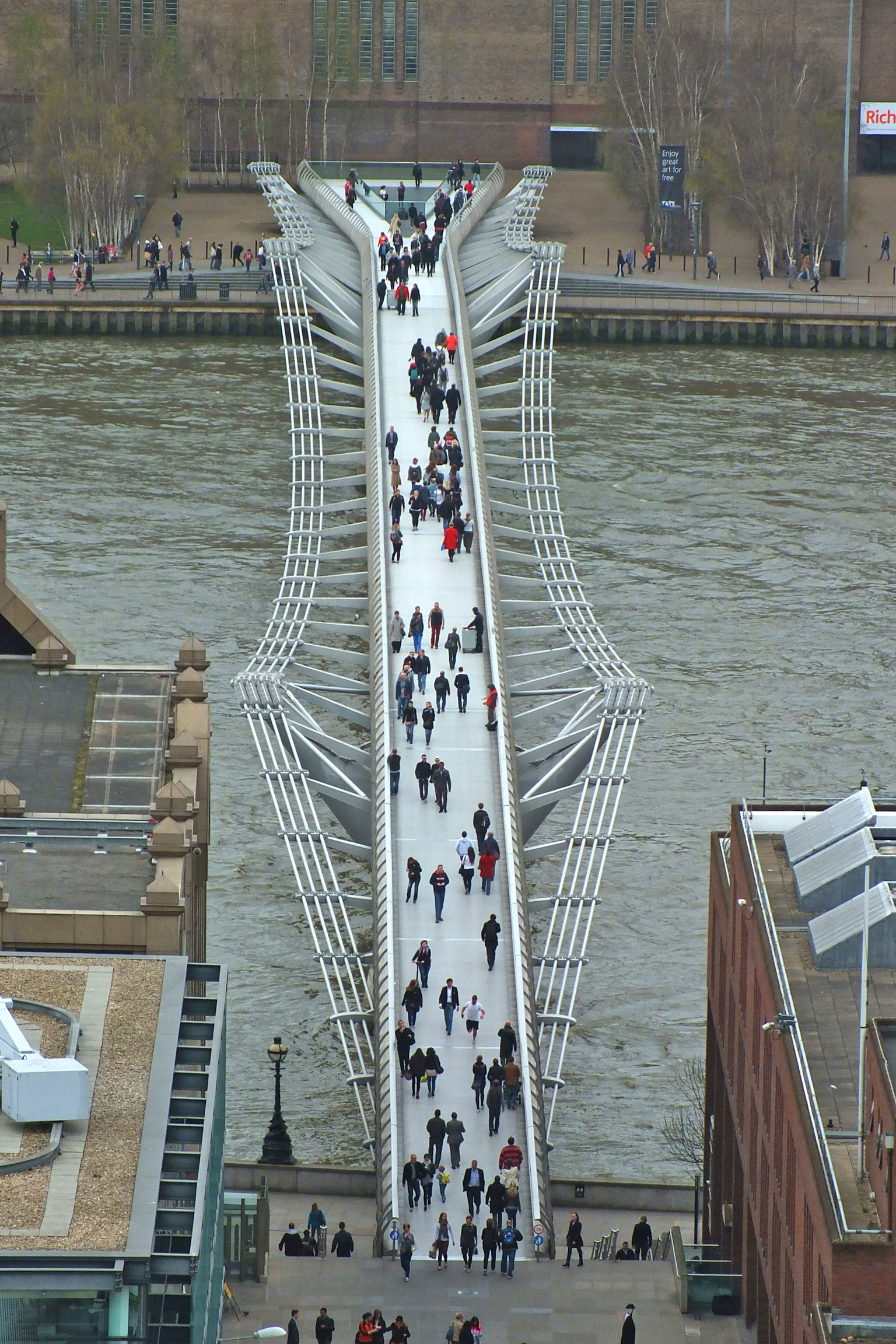Summary
In this fifth and final lesson of the What Is A Wave unit, students observe two demonstrations and form conclusions to understand how light travels through matter. Students complete a Concept Card Mapping activity to summarize their learning of the unit content.
Essential Question(s)
What are waves? How does the behavior of waves differ from that of other objects?
Snapshot
Engage
Students generate key concepts about the previous lessons.
Explore
Students make observations and develop claims about light traveling through matter.
Explain
Students observe a laser demonstration and form conclusions about light frequency.
Extend
Students brainstorm and share other forms of radiation.
Evaluate
Students create a Concept Card Map to summarize their learning of the Waves Unit.
Materials
Lesson Slides (attached)
Wave Unit Vocabulary Packet (one per student, attached)
Concept Card Packet (one per group, attached)
Yellow highlighter
Jar with lid
Two liter clear plastic bottle
Drinking glass
Pencil
Water
650nm red laser pointer
405nm blue/violet laser pointer
Poster board or large paper
Glue sticks
Engage
15 Minute(s)
Use the attached Lesson Slides to guide the lesson. Review with students the unit essential questions and lesson objectives on slides 3 and 4. Place students into groups of three or four and show slide 5. Using the Strike Out strategy, tell students to generate a list of key ideas or themes that have emerged after the last two lessons of the Wave Unit.Then, have each group pass their list to another group for review. Each group should strike out the least important key concept as they review the lists. When the group receives their original list back, have students look it over and choose one concept to reclaim and add back to the list.
Show slide 6 and as a class, add to the previously created Strike Out board that was generated during lesson two of the unit by adding new key ideas and themes. Refer to the Driving Question Board on slide 7, ask students if there are any questions that can be answered at this time and if there are any questions that can be added.
Explore
20 Minute(s)
Show slide 8 and pass out the attached C.E.R.T.ify Your Thinking handout to each student. Introduce students to the C.E.R.T.ify Your Thinking strategy. Show students the empty glass with the pencil inside the glass. Ask students to consider how adding water to the glass will affect the way the pencil is seen. Have students write a response, which is their claim, on their handout, then tell them to consider what they have learned about waves so far. Using the knowledge they have already learned, have students write a sentence with evidence for their response followed by their reasoning for their claim. Ask for volunteers to share their claims, evidence and reasoning.
After students have written a claim, evidence, and reasoning, move to slide 9. Add water to the glass and tell students to observe the pencil. Show slide 10 and ask students if their claim has changed after viewing the pencil with water in the glass. If so, have students write a new claim in the next box on their handout. If their evidence has changed based on observing the pencil in the water, have students write a new piece of evidence as well as a new reasoning. Ask for volunteers to share their revised claims, evidence, and reasoning.
Explain to students that the pencil appears to be crooked because light cannot travel as quickly in water as it does in the air, therefore the light bends around the pencil and makes the pencil appear crooked. Tell students this is an example of refraction and they will learn more about refraction during this lesson.
Explain
20 Minute(s)
Dim the lights in the classroom and ensure that lasers are pointed away from observers and that there are no reflections back into the eyes of observers. Show slide 11 and shine a 650nm red laser pointer through the glow water. Ask students to share what they observe. No fluorescence should appear. Next show slide 12 and shine a 405nm blue/violet laser through the glow water. Now the water should fluoresce a bright yellow/green color. Ask students to share what they observe. Suggest to students that perhaps two red laser pointers will make the water fluoresce. Shine two red laser pointers at one time into the bottle. Ask students to share why the blue/violet laser produces a change but the red lasers do not. Tell students that red lasers have a lower frequency than blue/violet lasers so regardless of how many red lasers are shined into the water, it will not result in a fluorescence.
Tell students to have their Wave Unit vocabulary packets out. Show slide 13 and play the video for students. After viewing the video, show slides 14-16 and discuss the vocabulary words on each slide. Students can add notes to their vocabulary packets at this time.
Extend
15 Minute(s)
Show slide 17 and tell students to work in groups of 3-4 to develop a list of other types of electromagnetic radiation that have not been discussed so far. Ask each group to share one type of electromagnetic radiation they have discussed in their groups.
Evaluate
30 Minute(s)
Show slide 18 and introduce the Concept Card Mapping strategy with students. Place students into groups of 3-4 and pass out the attached Concept Cards handout to student groups. Provide time for students to sort the concept cards and decide how the cards are connected. Tell students they can use their vocabulary packets to assist with grouping the concept cards.
Collect the completed mapping poster to assess student’s understanding of the Waves Unit content.
Resources
Kamenícek, J. (2014, March 31). File:London Millennium Bridge from Saint Paul's.jpg. Retrieved July 07, 2021, from https://commons.wikimedia.org/wiki/File:London_Millennium_Bridge_from_Saint_Paul%27s.jpg
K20 Center. (n.d.). Driving question board. Strategies. Retrieved from https://learn.k20center.ou.edu/strategy/1511
K20 Center. (n.d.). Strike out!. Strategies. Retrieved from https://learn.k20center.ou.edu/strategy/136
K20 Center. (n.d.).C.E.R.T.ify your thinking. strategies. Retrieved from https://learn.k20center.ou.edu/strategy/827
K20 Center. (n.d.). Concept card mapping. Strategies. Retrieved from https://learn.k20center.ou.edu/strategy/123


